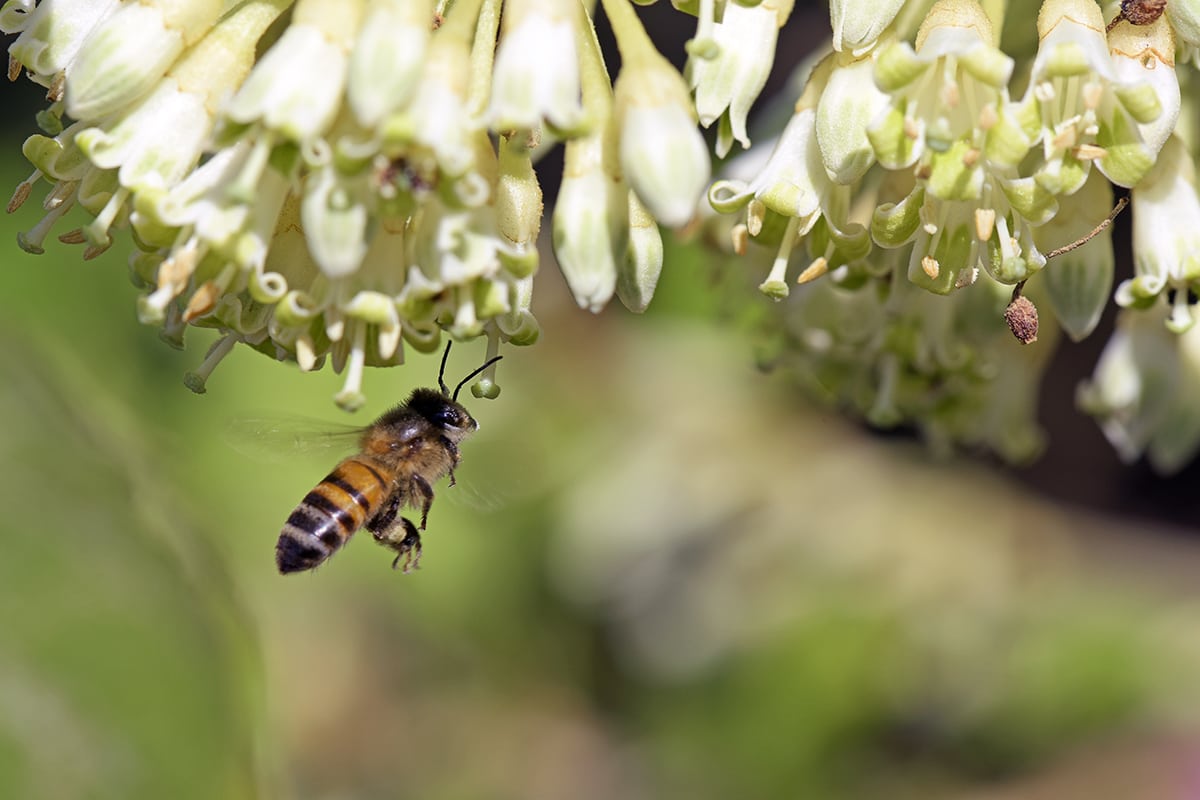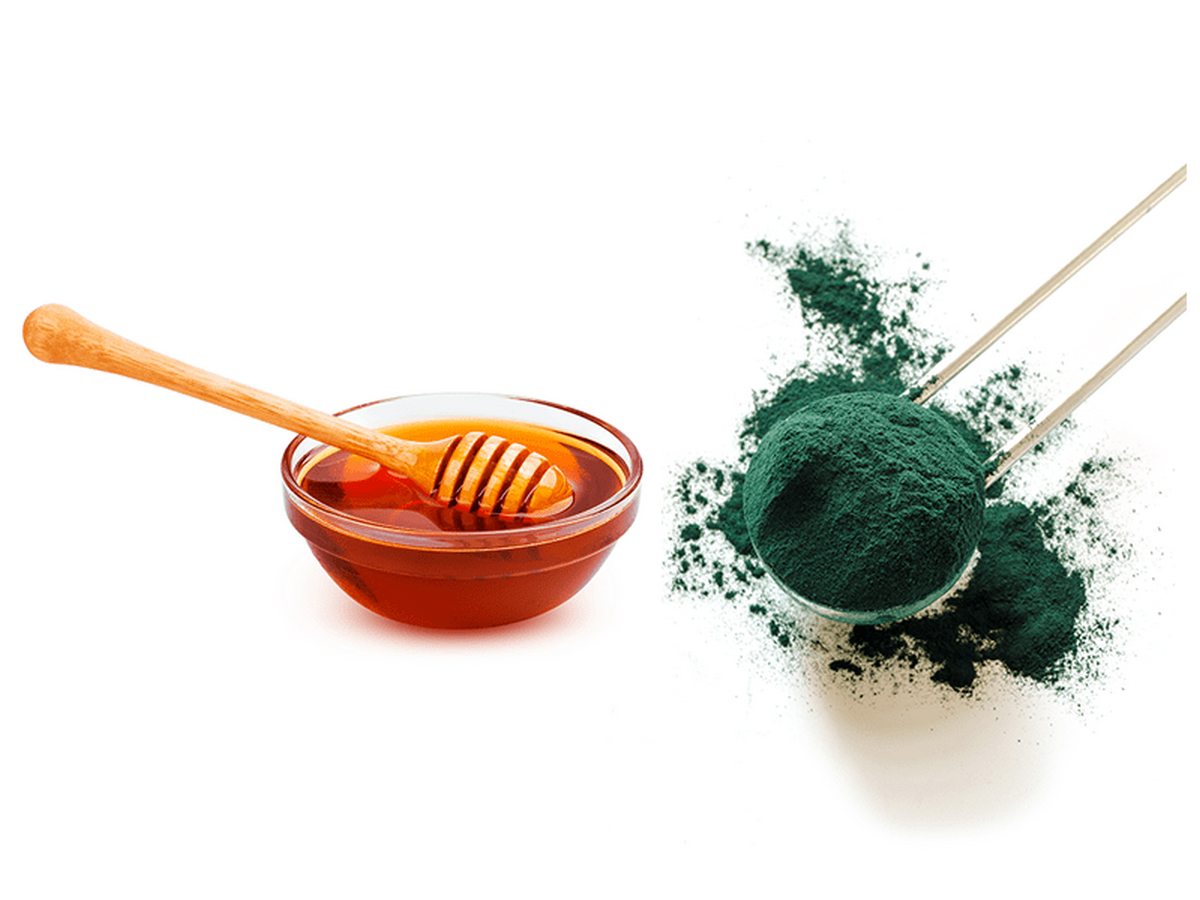Propolis: How many species are there and what are the benefits for our health?

Table of Contents
What is propolis?
Most of us have heard of propolis and its antimicrobial properties, but how many do we know that there are different types of propolis? It is possible for us and generally in Europe to be familiar with brown propolis, but there are different species around the world, and their benefits are plenty!
Propolis is a colloidal substance produced by bees and enriched by them with pollen, wax, enzymes and other substances. It is their weapon against the various attacks and they use it to strengthen the structure of the hive by closing the various cracks, protecting them from other insects and animals as well as disinfecting their space.
That is why the word “propolis” is derived from the Greek words “pro” and “polis”, ie it comes before city like an embankment protect bees from enemies!
Brown Propolis
Brown propolis or else European propolis is probably well-known to us and what many have already tried when a cold or a flu hit their door! Its antimicrobial properties can help us fight bacteria, sore throat, rashes, and wounds.
These properties are due to the flavonoids it contains. These are substances found in plants that help them develop their defense against the various hazards. Correspondingly, their ingestion by humans protects their cells from free radicals, inflammation, and has a positive effect on the health of our vessels.
Green Propolis
Green propolis is found in Brazil and comes from the plant Baccharis dracunculiforia. Its benefits to our health are numerous. It has antimicrobial, antifungal and anti-inflammatory properties while it acts against ulcers. It stimulates the immune system to such an extent that regulates the activation of macrophages (1), cells responsible for the body’s natural immunity.
These properties are due to the Artepillin-C component, which has attracted the interest of specialists thanks to its distinctive properties. It also differs from European to the phenolic substances it contains, which are more here. Something we encounter exclusively in green propolis is the p-coumaric acid compound. This unique composition is what makes it so valuable to our immune system.
The origin of green propolis also helps us to explain its particular qualities. The vast forests in Brazil offer a rich and unpolluted natural environment for bees, making Brazilian green propolis stand out for its composition!
Red Propolis
Red propolis is mainly found in Brazil, Cuba, Venezuela and Mexico. Depending on the geographical area and the picking season, the composition of red propolis can vary. Brazilian red propolis is the one most studied, but Cuban is also renowned for its potency.
Among the three types of propolis, the highest concentration in antioxidant components is found in red propolis (2). Phenolic compounds and especially flavonoids are the key elements found in it. Indeed, its antimicrobial and anti-inflammatory properties have been demonstrated against microbes such as Streptococcus, Escherichia coli, Pseudomonas aeruginosa, and so on. (3).
Thanks to the antioxidants contained in red propolis our cells are protected from free radicals and oxidative stress. Thus, propolis fights aging, protects the heart and actively strengthens our immune system and its defense against bacteria and viruses!
Green, red or brown; propolis is here to help us! Find the one that suits you and take advantage of what it has to offer you!
Find in Vita4you.gr a great variety in products with propolis!
References:
Disclaimer
The content of this blogspot is not and can not be considered as medical advice, diagnosis or treatment. All information is provided to readers solely for informational purposes. There is no intention to substitute this content for personalized medical advice, diagnosis, prognosis or treatment.

















Leave a comment